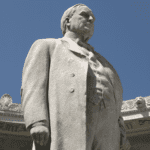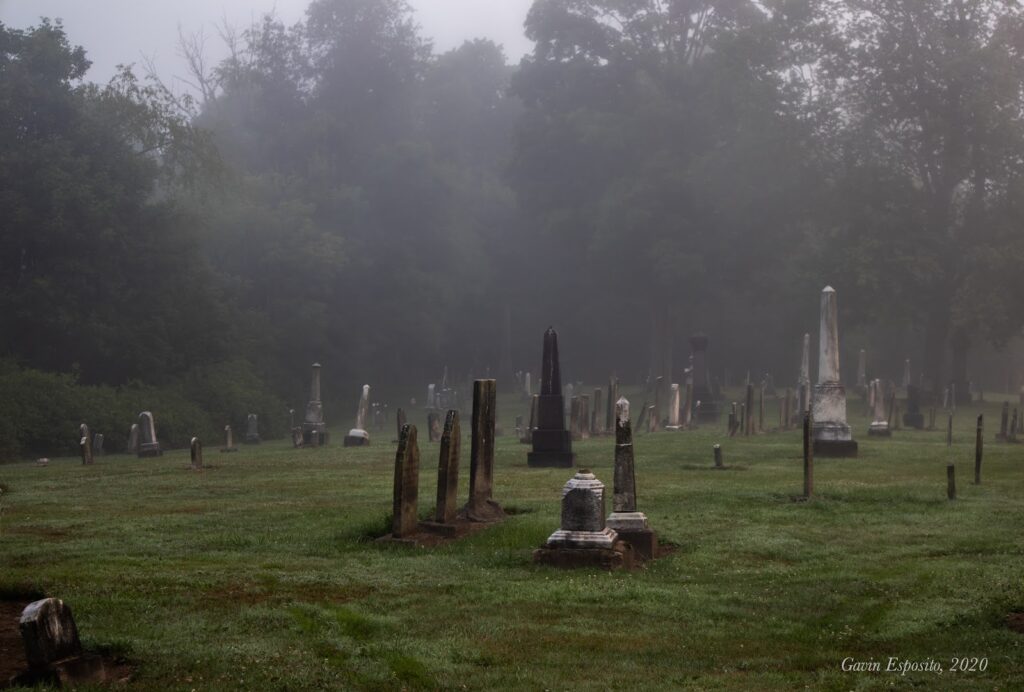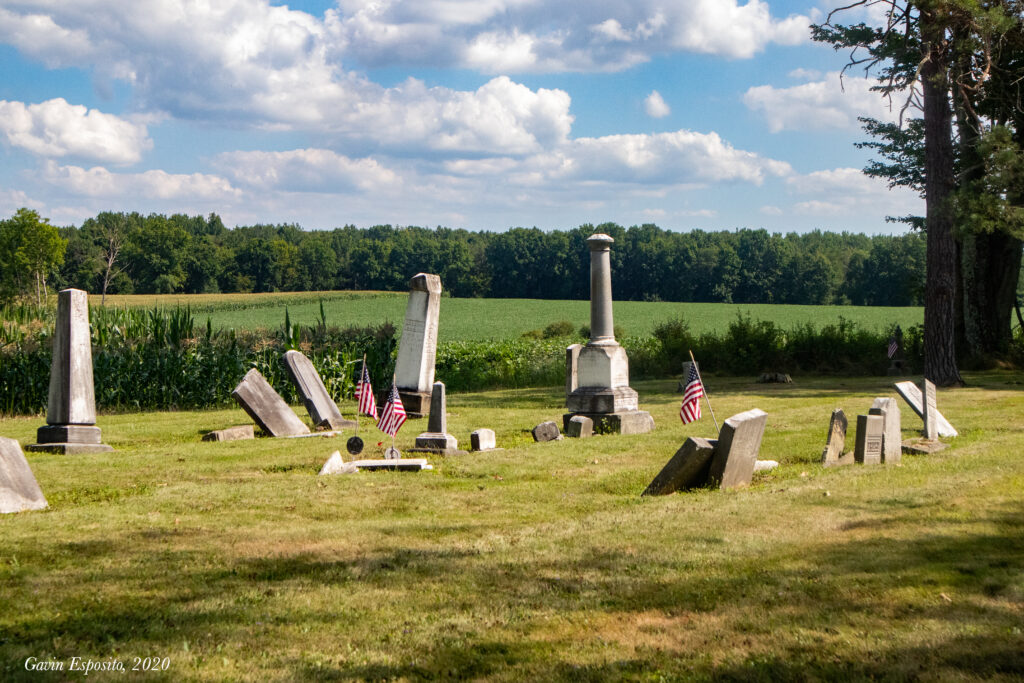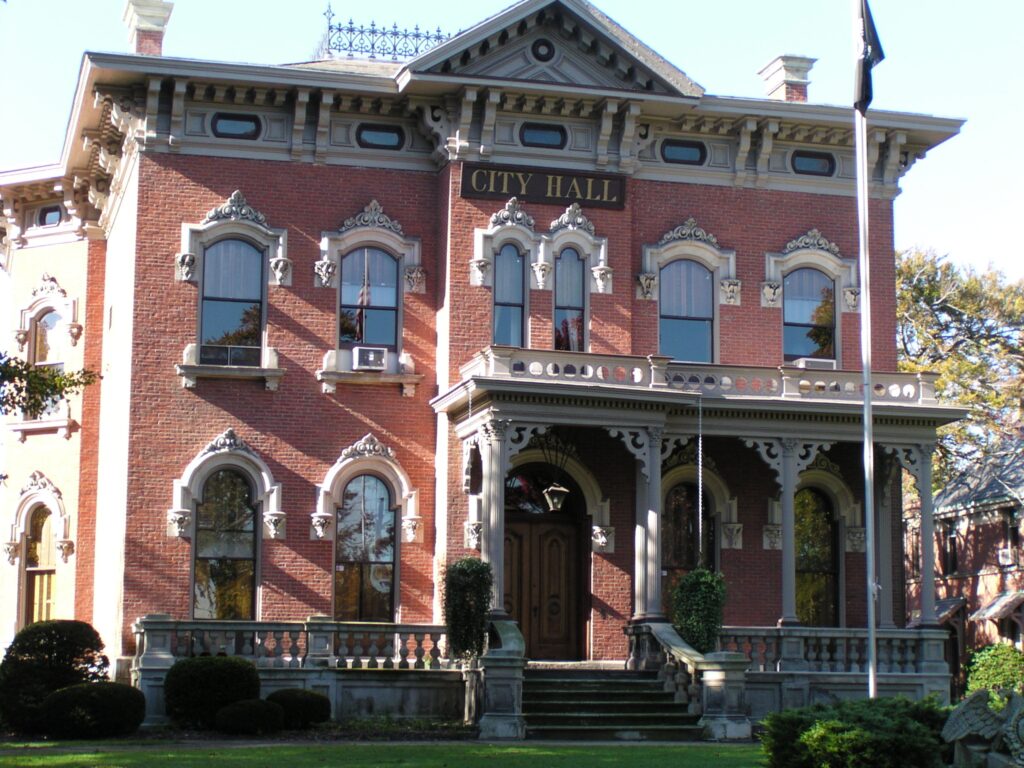Due west of Warren, Ohio, is the township of Braceville – and it’s got a story to tell. Thanks to the nonprofit Braceville Community Foundation, that story of a vibrant Ohio African American community is solidifying its place in history.
Braceville Community Foundation started as Braceville Blessings, a volunteer charitable organization that provided basic necessities to seniors and shut-ins.
“Braceville Blessings actually still exists,” said Gwen Shavers, who was a part of the original group and now BCF, “But an appendage grew out of it, and that is Braceville Community Foundation.”
The community foundation is tackling something new: historic preservation.
Braceville Township is about 23 square miles, but Braceville Community Foundation’s efforts are focused on about one-third of one square mile with a unique legacy.
“So, we think that that community at some point was the largest African American rural community in Ohio, and no one has been able to dispute that yet,” said Terry Shavers, Gwen’s husband and a member of Braceville Community Foundation.
Gwen and Terry were at a reunion for the Braceville African American community several years ago when the idea struck them: they should tell their story.
Now, they are putting together a museum to preserve it forever.
Terry Shavers’ mother was “a little bit of a historian,” collecting newspaper clippings and memorabilia from the community. He has binders full of information, and that’s where the Shavers began their research.
They’ve turned to the community, too, asking the longstanding families to each provide a little history so every one of them can be represented.
While the Shavers say they’re still in the planning phase for the museum, they already have a spot picked out – the third oldest home in their corner of Braceville.
A Great Migration Community
The predominantly African American community was largely settled in the early 1900s, during the Great Migration, when millions of African Americans moved from the south to the north, Midwest and west. In Braceville, many came to work in area factories that had been left understaffed as men from the area were called away to fight in World War I, Terry Shavers said.
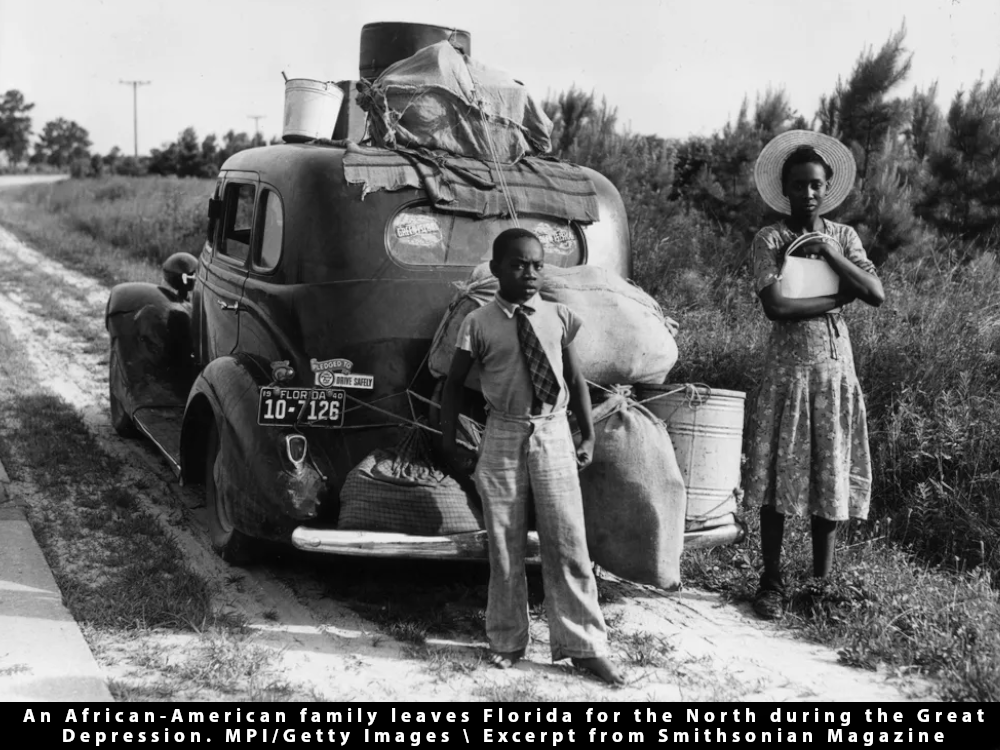
The community also has ties to the underground railroad, an earlier network through with former slaves made their way north to Canda. The area at the time was home to many abolitionists who offered freedom seekers safe passage. And, Terry Shavers said, Braceville was mostly sparsely populated wilderness – a great place to hide, or maybe even to stop and live.
The first record of an African American resident in the area is in the 1830s census, which lists one African American woman living with the Humpries family, who were relatives of known abolitionists, Terry Shavers said. His house still stands today.
“So, my point is that many of the early settlers may have been on the underground railroad, but of course they wouldn’t document that,” Terry Shavers said.
With the Great Migration, the area grew to around 90 families, or what Terry Shavers estimates to be about 400 people. It was a robust population squeezed into less than half of a square mile of space.
“They all had little houses because they gave them little 40-foot-wide lots,” Terry Shavers said. “The community was full of little houses. So, you can see how they could have 400 people there, because every street was really packed.”
A Notable House
The particular little house that the Braceville Community Foundation has chosen for its museum is notable not only for being the third oldest of the remaining houses, but also because of its connection to a two-time world heavyweight championship challenger Earnie Shavers.
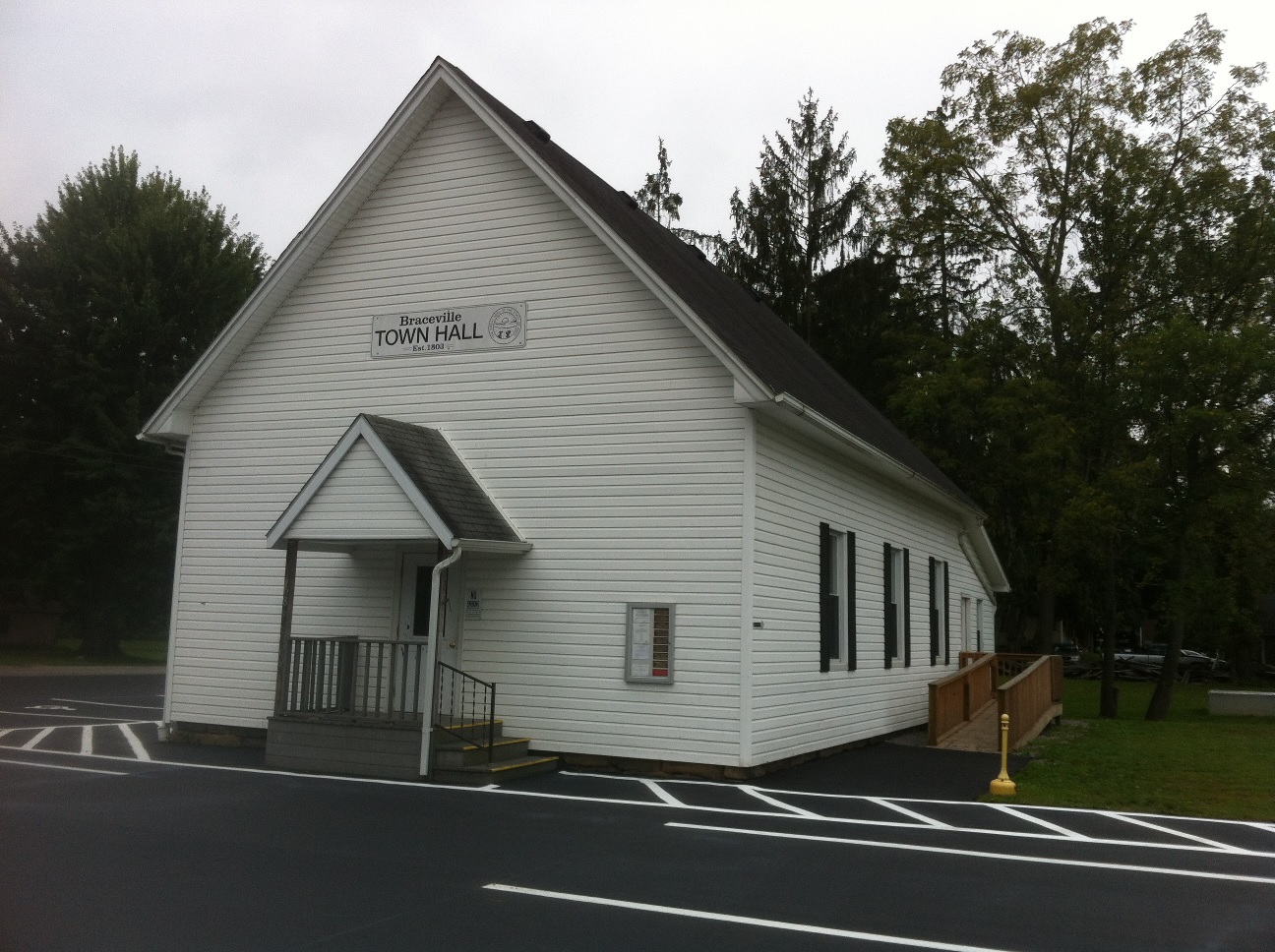
Earnie Shavers was born in Alabama but came to Braceville and was a 1963 graduate of Newton Falls High School. He started boxing at age 22, and was known as one of the hardest punchers in heavyweight boxing history.
He retired from boxing in 1995 and became an ordained Christian minister in Phoenix, Ariz., and then England, before his death in 2022 – but he was never forgotten by the communities of Braceville and Newton Falls, Ohio.
The house that is set to become Braceville Community Foundation’s museum was the one where Earnie Shavers’ father first lived when he came to Ohio.
Gwen Shavers said Earnie’s father had to leave the south after he pulled a gun on a member of the Ku Klux Klan who wanted to take his mule. Earnie’s mother had a relative that worked on the railroad who was able to smuggle his father north, where he settled with a relative who built that little home. Eventually, the rest of the Shavers family came to Ohio.
“We have a whole bunch of stories like that,” Terry Shavers said.
Many Stories
Gwen’s family, for example, is thought to have had the first African American-run dairy farm in the state. While the Shavers aren’t absolutely sure, they haven’t found any records of an earlier farm. Gwen Shavers still has pictures of the old dairy house.
Gwen Shavers said her grandfather, Theodore Toles, was the first African American Deputy Sheriff in Trumbull County. He bought land from Braceville’s first settler, Samuel Oviatt, Jr., who was an abolitionist, she said.
And of course, there’s Ted Toles Jr., Theodore’s son, who had a vibrant professional baseball career in the Negro Leagues. Toles Jr. was born in Braceville in 1925 and graduated from Braceville High School before beginning his baseball career in 1946. He played for the Pittsburgh Crawfords, Cleveland Buckeyes, Newark Eagles, and Jacksonville Eagles, and also participated in traveling All-Star games, sharing the field with baseball legends like Jackie Robinson, Larry Doby, and Monte Irvin.
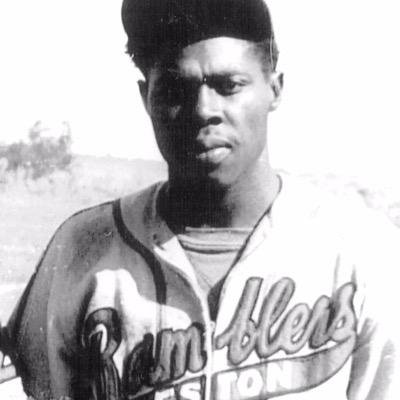
Toles Jr., who died in 2016, never made the major leagues but he received many awards for his accomplishments, including a Lifetime Achievement Award from the National Assocation for the Advancement of Colored People and entry into the Ebony Sports Museum Lifeline All Sport Hall of Fame in Youngstown, Ohio. In 2009, he was honored with a bobble head from the Trumbull County minor league Mahoning Valley Scrappers.
Putting Together the Pieces
“All these stories are just coming out,” Terry Shavers said, noting the enthusiasm around the project. “We’re kind of putting together the pieces, but they’re all falling into place.”
The Trumbull County Commissioners have promised $264,000 toward the creation of the museum. Terry Shavers hopes that by the time renovation of the house is complete, Braceville Community Foundation will be ready to start installing exhibits.
But even before the idea of the museum formed, Terry Shavers and a friend had started the work of preserving their community’s stories. Terry Shavers said several years ago, he and Braceville native filmmaker Ron Hughes recorded videos of some of the oldest community members sharing their memories. That includes a video from Terry Shavers’ late father, who came to Braceville in 1925. “
My dad and a few other older folks from the community, they’re the ones that shared the majority of these stories. Now, other people are adding on,” Terry Shavers said.”
The video stories are being compiled into a documentary which will tie in with the museum.
And, while there is still a lot of work to be done, the Shavers hope that the museum will someday expand into a larger historical project telling the stories of many of Trumbull County’s African American communities, which have similar origin stories and their own captivating histories.
“So much history caused all of us to live in this community, and that’s why when we have our reunions, we can sit and talk about fun times,” Gwen Shaves said. “And it’s enough to where we want to preserve that legacy, so it won’t die – because it’s still very much alive.”
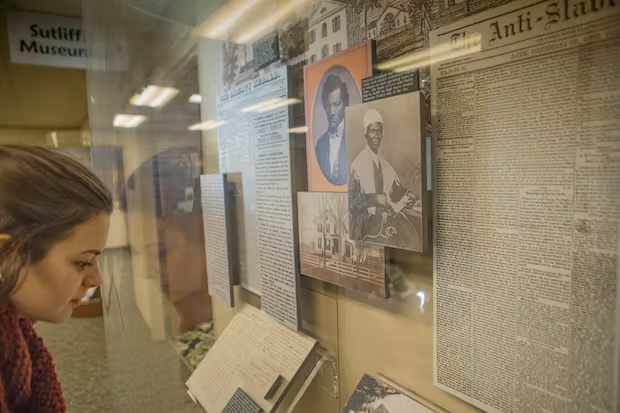 ">
">





